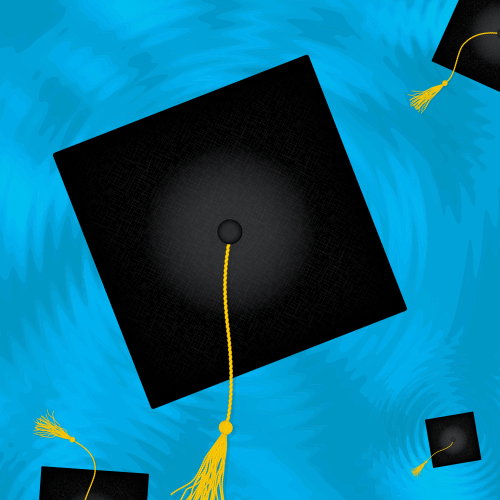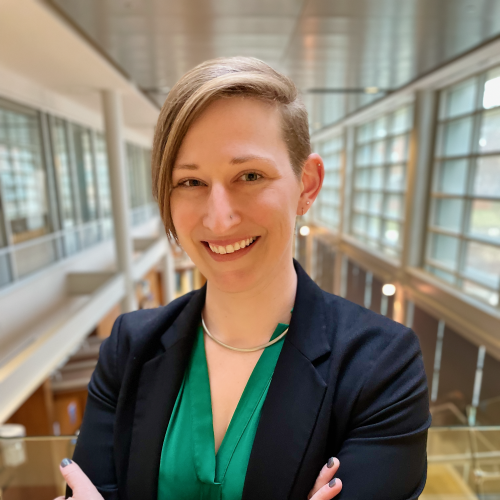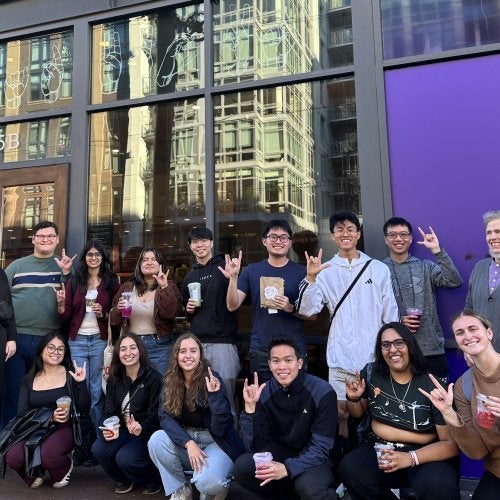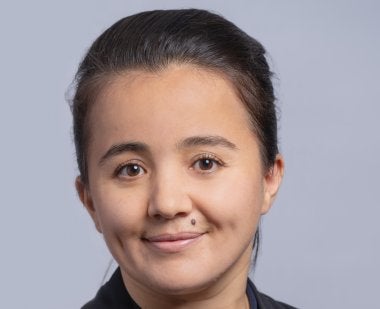
The Maryland Initiative for Digital Accessibility (MIDA), funded by a Grand Challenges Impact Award from the University of Maryland, strives to change technology design research and practice so that individuals with disabilities are engaged as equal partners from the beginning of the process. This will ensure that digital technology is “born-accessible”–with accessibility proactively built in–including in the fields of education, health, employment, commerce and civic engagement. MIDA engages disability rights groups, technology companies and policymakers; develops technology projects to improve accessibility; and plans events and programs to increase awareness of digital accessibility.
MIDA is one of 11 projects involving College of Education faculty that were funded by Grand Challenges Grants earlier this year. In all, the university awarded more than $30 million to 50 projects addressing pressing societal issues, including educational disparities, social injustice, climate change, global health and threats to democracy. The Grand Challenges Grants Program is the largest and most comprehensive program of its type in the university’s history.
Jonathan Lazar of the College of Information Studies leads MIDA, which includes colleagues from the College of Education; College of Computer, Mathematical, and Natural Sciences; Division of Information Technology; School of Public Health; A. James Clark School of Engineering; College of Arts and Humanities; College of Behavioral and Social Sciences; Office of Diversity and Inclusion; University Libraries; University Career Center; and College of Information Studies.
Gulnoza Yakubova, associate professor in the College of Education, is a co-principal investigator of MIDA. She explains how digital accessibility can increase equity for people with disabilities and also improve technology experiences for all people.
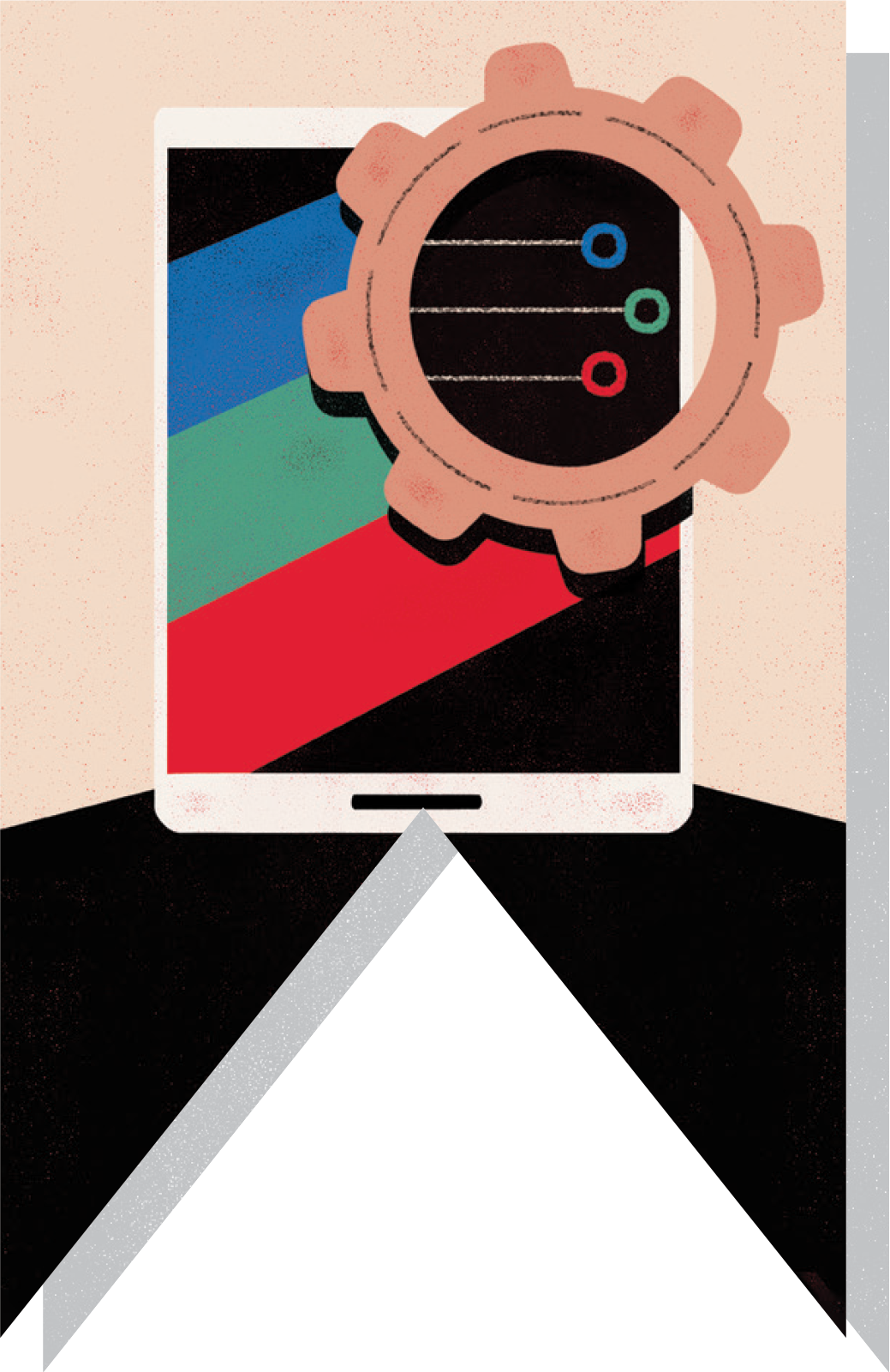
Why is digital accessibility important?
About one-quarter of the U.S. population has disabilities, including physical and cognitive disabilities. Digital technology is currently inaccessible for the majority of people with disabilities. The lack of access to digital technology affects every aspect of life, such as education, health care, recreation, consumer service, and workplace performance, among others.
For example, in K-12 education, teachers use digital learning management systems to assign work to students. Some schools assign videos, including recorded lectures, for students to watch. Schools may use video conferencing platforms to hold parent-teacher conferences or provide training to parents and staff. If the learning management systems, materials or videos are not accessible to all people with disabilities, then those people will be left out and will not get the full benefit of the educational experience.
How does MIDA plan to change the way digital technology is designed and accessed?
MIDA is engaging the disability rights community to understand their challenges and needs. Our goal is to change how digital technologies are designed, involving the disability community as an equal partner from the beginning and not just as consumers. Traditionally, technology companies have retrofitted technology and added adaptations and accessibility features, but this is not always easy for the consumer to use or cost effective. Instead, we want to design digital technologies with born-accessible features built in, so that users can modify the accessibility of the technology for their needs easily by checking off the appropriate features.
In addition, MIDA hopes to change public policy. For example, accessible digital technology could be mandated for use in K-12 schools. Similar to how elevators and ramps benefit people both with and without disabilities, digital accessibility can benefit the whole population.
What knowledge and expertise do you and your partners bring to the project?
We are aiming to use the expertise of colleagues across the university, along with the disability rights advocacy community, to address the problem from all aspects, instead of each of us working in silos. By taking a multidisciplinary approach, we hope to tackle this problem in a more efficient and effective way.
My particular expertise comes from K-12 education, specifically teaching students with disabilities. In this initiative, my goal is to bring my education perspective in universal design for learning to contribute to the product design of born-accessible digital documents. The long-term goal is to have born-accessible digital documents used as a routine part of K-12 education.
Why does this issue matter to you personally?
My work focuses on using video-based interventions and assistive technologies to support K-12 students with autism and other disabilities. I believe in the power of digital technology to help students learn and bridge equity gaps. I see it as one way I can help make a change.
|
EdTerp Faculty Gulnoza Yakubova, associate professor (Co-Principal Investigator)Amy Dwyre D’Agati, senior faculty specialist Yewon Lee Ph.D. ’19, assistant clinical professor David Weintrop, associate professor |
|||||||||||||||||||||||||||||||||||||||||||||||||||||||||||||||||||||||||||||||||||||||||||||||||||||||||||||||||||||||||||||||||||||||||||||||||||||||||||||||||||||||||||||||||||||||||||||||||||||||||||||||||||||||||||||||||||||||||||||||||||||||||||||||||||||||||||||||||||||||||||||||||||||||||||||||||||||||||||||||||||||||||||||||||||||||||||||||||||||||||||||||||||||||||||||||||||||||||||||||||||||||||||||||||||||||||||||||||||||||||||||||||||||||||||||||||||||||||||||||||||||||||||||||||||||||||||||||||||||||||||||||||||||||||||||||||||||||||||||||||||||||||||||||||||||||||||||||||||||||||||||||||||||||||||||||||||||||||||||||||||||||||||||||||||||||||||||||||||||||||||||||||||||||||||||||||||||||||||||||||||||||||||||||||||||||||||||||||||||||||||||||||||||||||||||||||||||||||||||||||||||||||||||||||||||||||||||||||||||||||||||||||||||||||||||||||||||||||||||||||||||||||||||||||||||||||||||||||||||||||||||||||||||||||||||||||||||||||||||||||||||||||||||||||||||||||||||||||||||||
